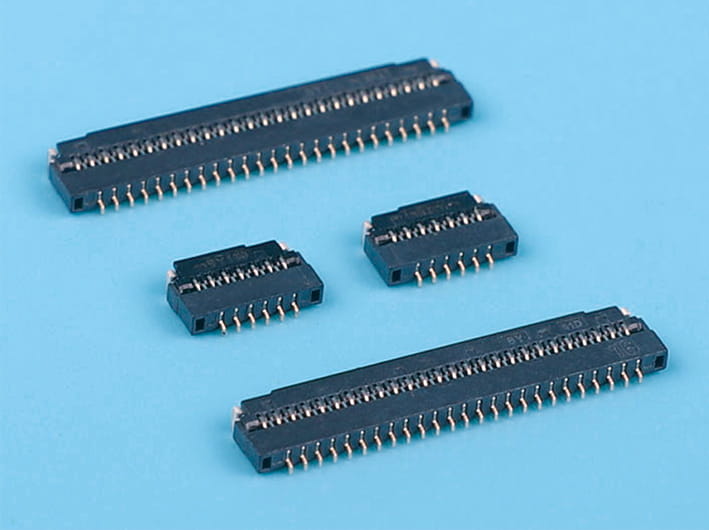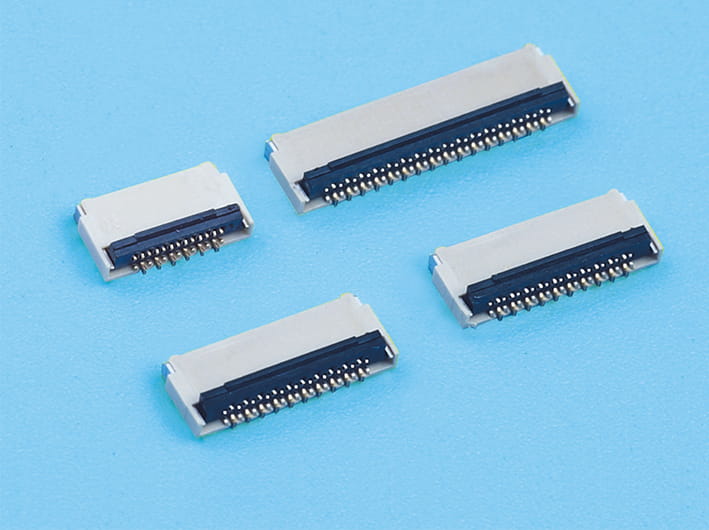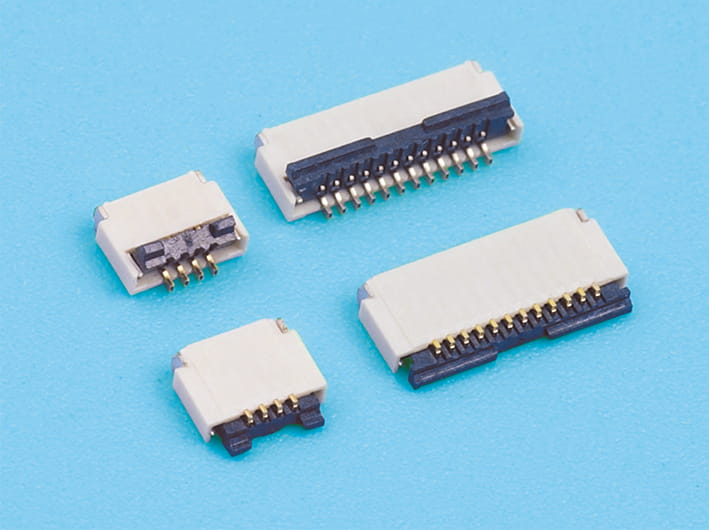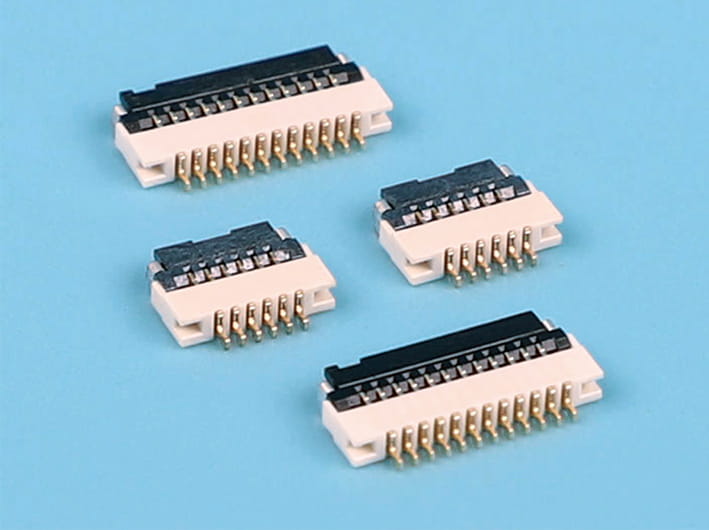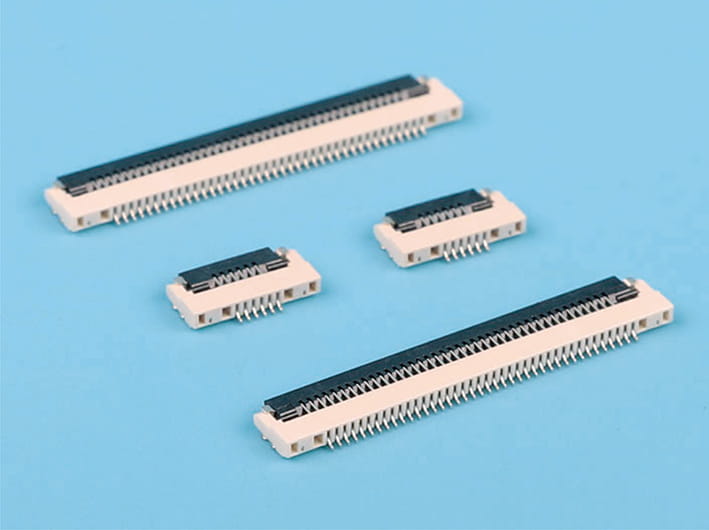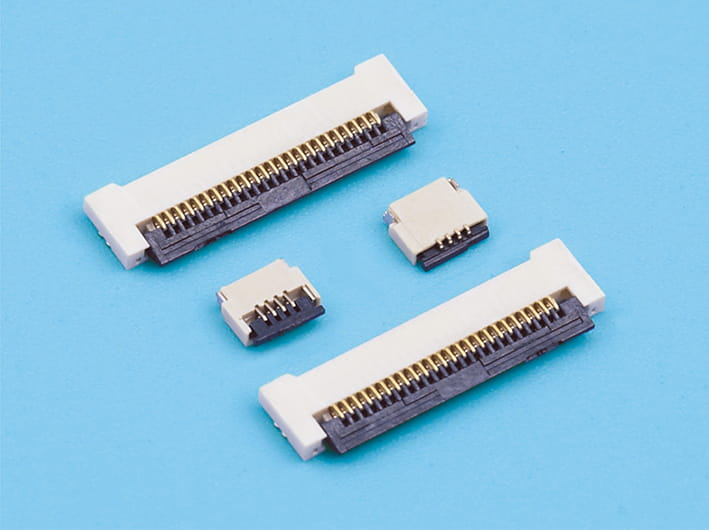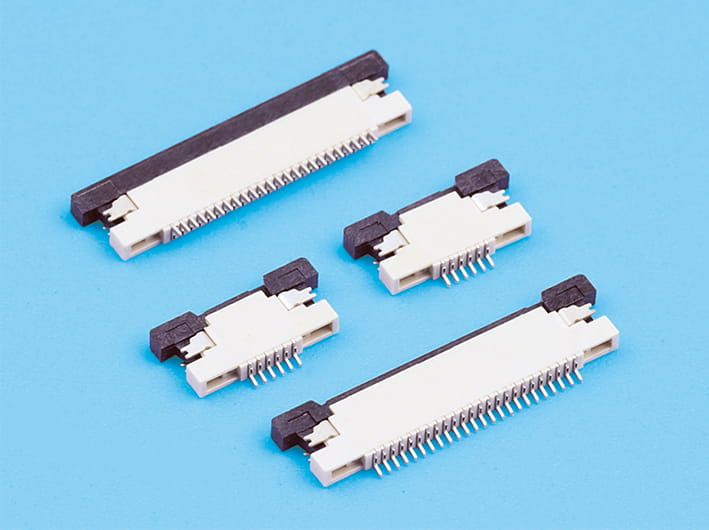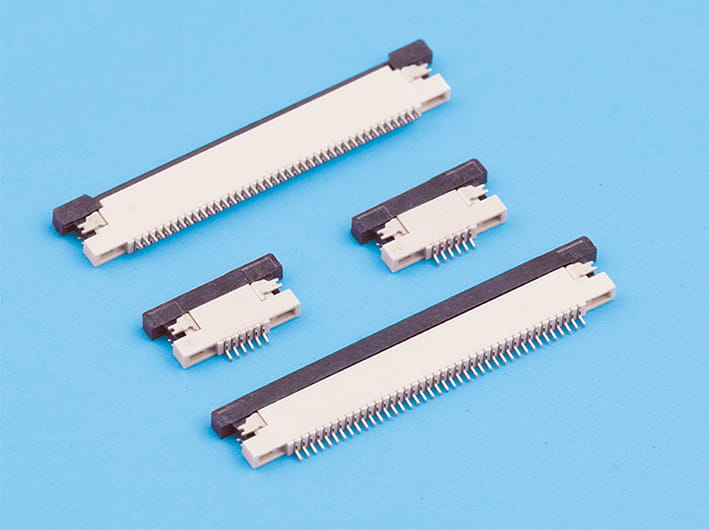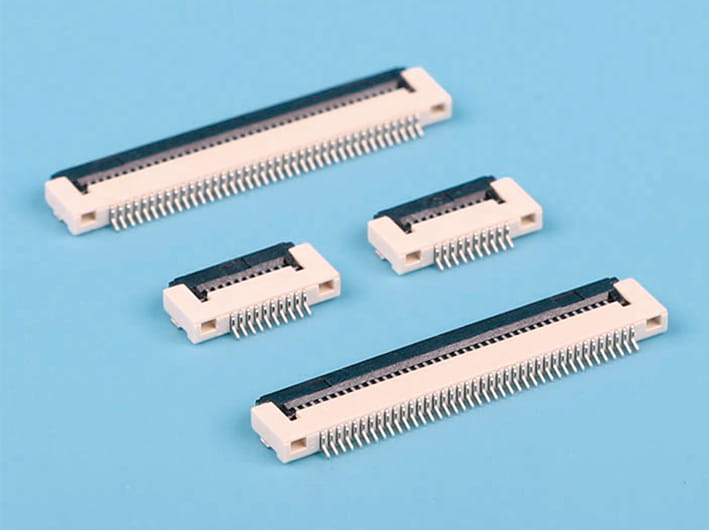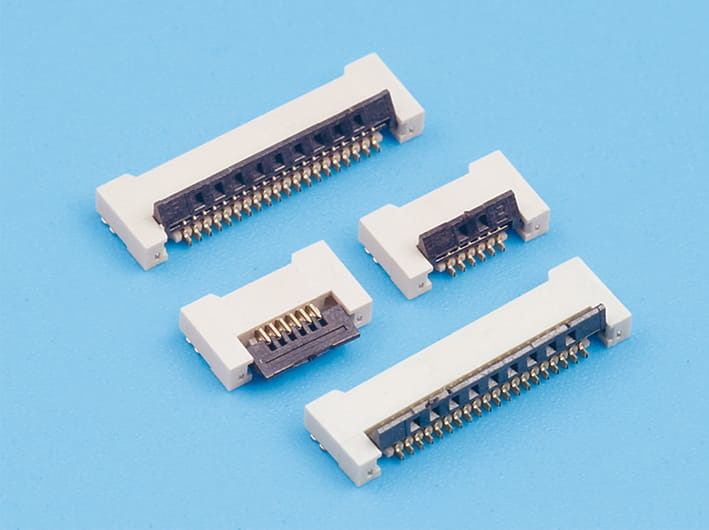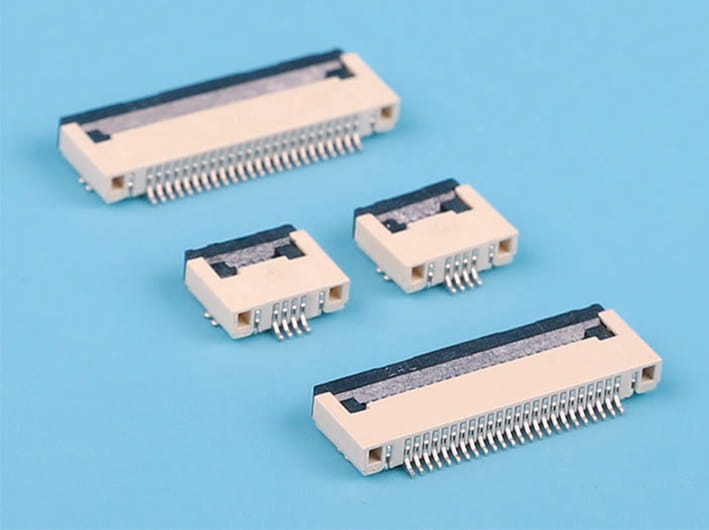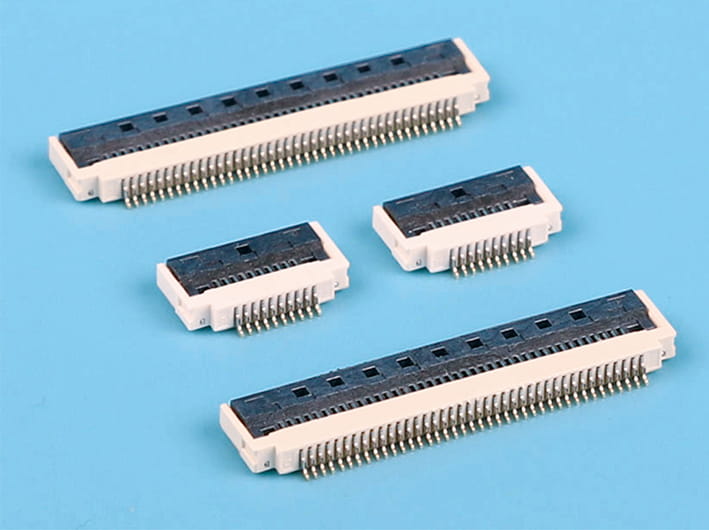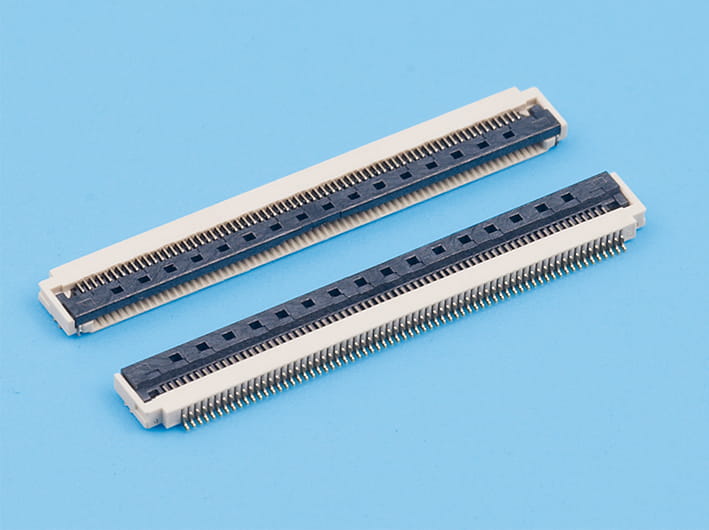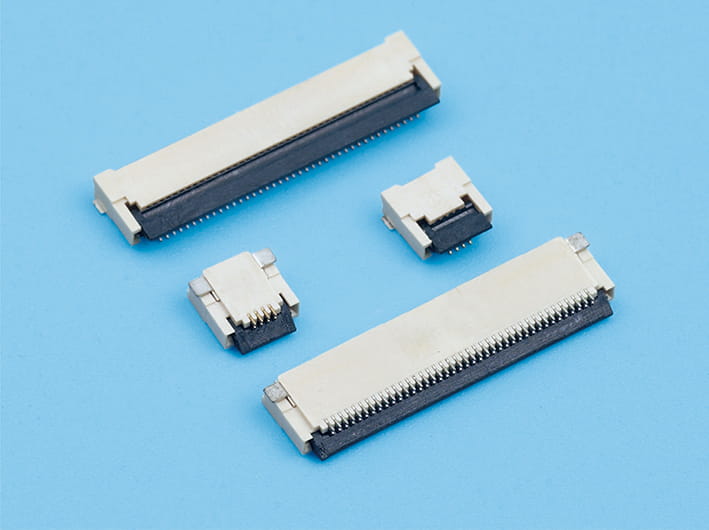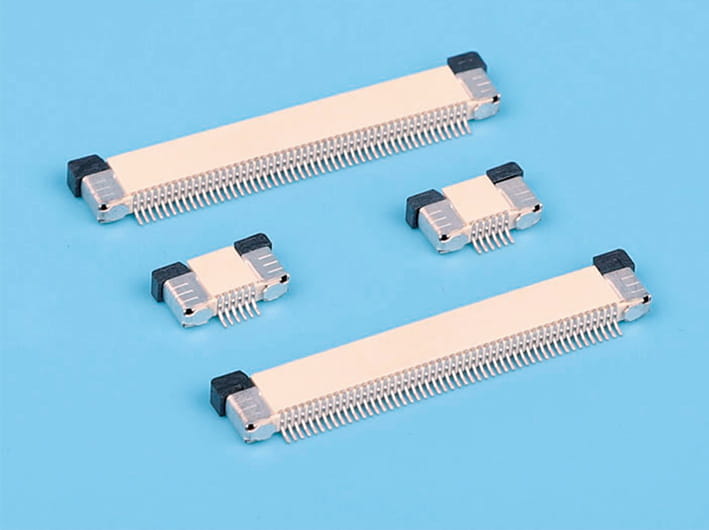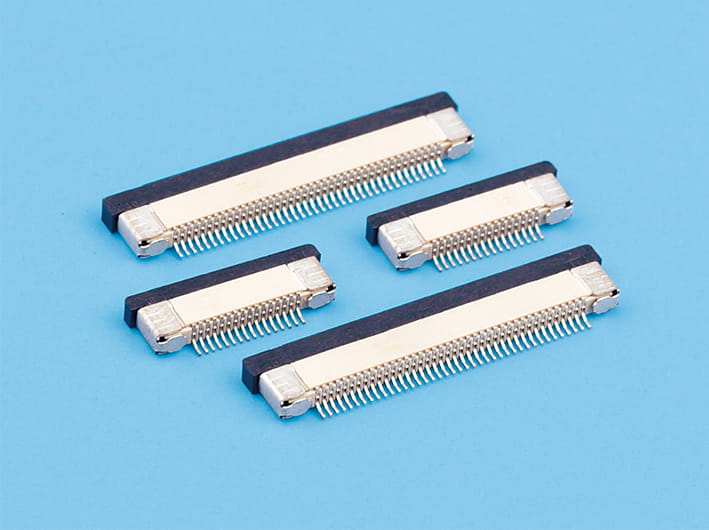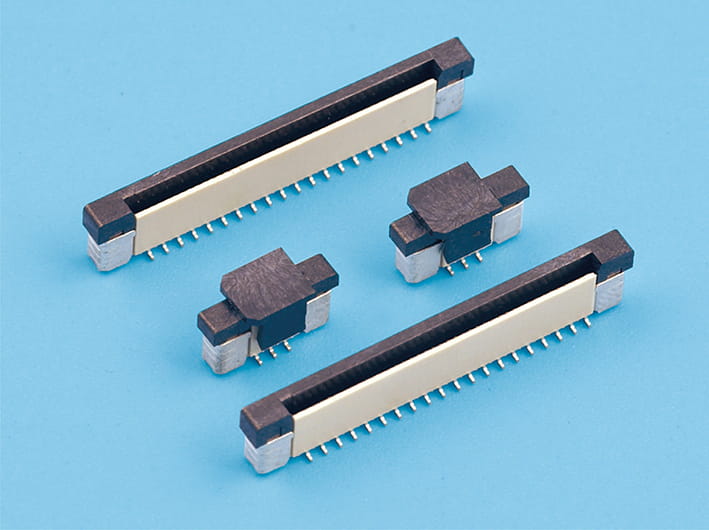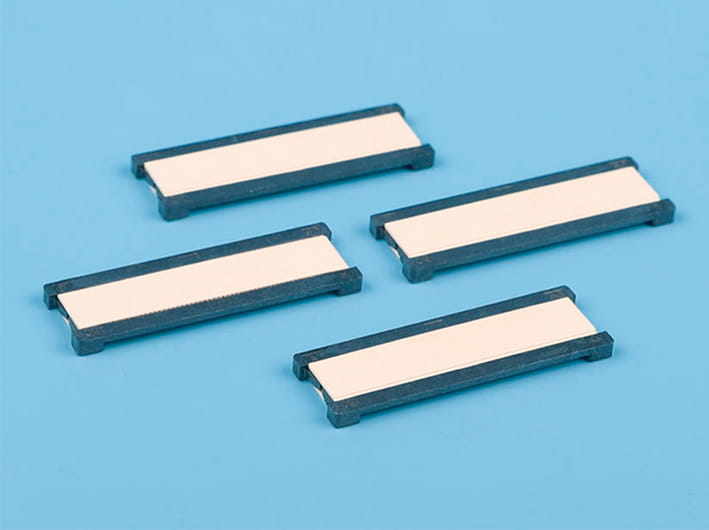How to Choose Between 12, 24, and 30 Pin Ribbon Connectors?
When faced with the choice between 12 pin ribbon connector, 24 pin ribbon connector, and 30 pin ribbon connector options, understanding the specific requirements of your project is essential.
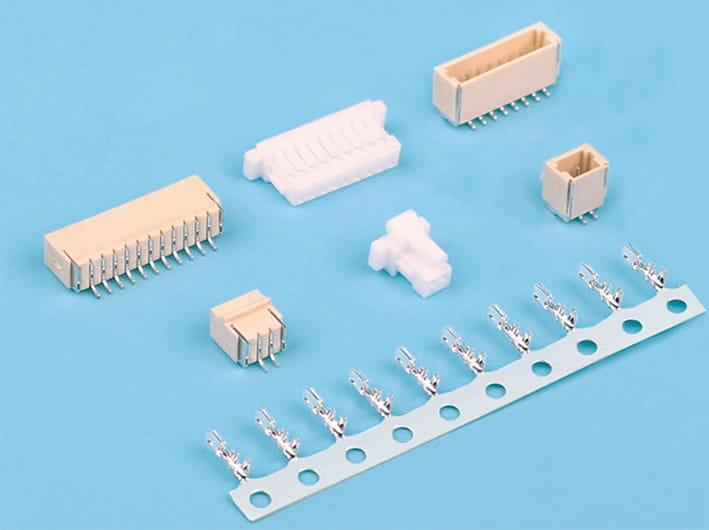
Understanding the Pin Count
The pin count of a ribbon connector is a fundamental aspect that dictates its capacity for data transfer and power supply. A 12 pin ribbon connector is basic, offering a streamlined solution for applications requiring fewer connections. It is ideal for simple devices where minimal data exchange is needed, such as basic sensors or small-scale control systems.
On the other hand, a 24 pin ribbon connector provides double the connection points, which is beneficial for more complex systems that require a higher volume of data transfer or additional power lines. This type of connector is commonly used in medium-density applications like advanced sensors, data acquisition systems, and some types of consumer electronics.
For high-density applications that demand extensive data transfer and power distribution, a 30 pin ribbon connector is the go-to choice. With high pin count among the three, it is designed to handle demanding tasks, such as in high-resolution displays, complex computing systems, and advanced industrial equipment.
Considering the Application
The application for which the ribbon connector is intended plays a significant role in the decision-making process. For instance, a 12 pin ribbon connector might be sufficient for a simple home automation system, where the data transfer requirements are minimal. However, in a high-stakes environment like a medical device or a high-speed data transmission system, a 24 or 30 pin ribbon connector would be more appropriate to ensure robust connectivity and performance.
Evaluating the System's Scalability
Scalability is another factor to consider when choosing between these connectors. If the system is expected to grow or evolve over time, selecting a connector with a higher pin count, like a 24 or 30 pin ribbon connector, can provide room for expansion. This foresight can save costs associated with replacing connectors or redesigning the system in the future.
Assessing the Physical Space Constraints
Physical space is often a limiting factor in electronic design. A 12 pin ribbon connector is compact, making it suitable for applications where space is at a premium. However, as the pin count increases, so does the size of the connector. Therefore, when working with limited space, the 12 pin ribbon connector might be the only viable option, unless the design allows for the larger form factor of a 24 or 30 pin ribbon connector.
Ensuring Signal Integrity and Durability
Signal integrity is crucial for maintaining the quality of data transmission. A 12 pin ribbon connector, while cost-effective, may not provide the same level of signal integrity as its higher-pin counterparts due to its simpler construction. The 24 and 30 pin ribbon connectors, with their more complex designs, can offer better shielding and signal integrity, which is essential for high-speed data transfer and high-resolution applications.
Durability is also a key factor, especially in environments where connectors are subject to frequent connection and disconnection. A 12 pin ribbon connector may be more prone to wear and tear due to its simpler design, whereas a 24 or 30 pin ribbon connector, with its more robust construction, can withstand more rigorous use.
Choosing between a 12 pin ribbon connector, 24 pin ribbon connector, and 30 pin ribbon connector is not a decision to be taken lightly. It requires a thorough understanding of the specific needs of the application, the potential for future growth, physical space constraints, cost implications, and the importance of signal integrity and durability. By carefully evaluating these factors, engineers and designers can make an informed decision that will ensure the success and longevity of their electronic systems.



 English
English 中文简体
中文简体 Español
Español عربى
عربى